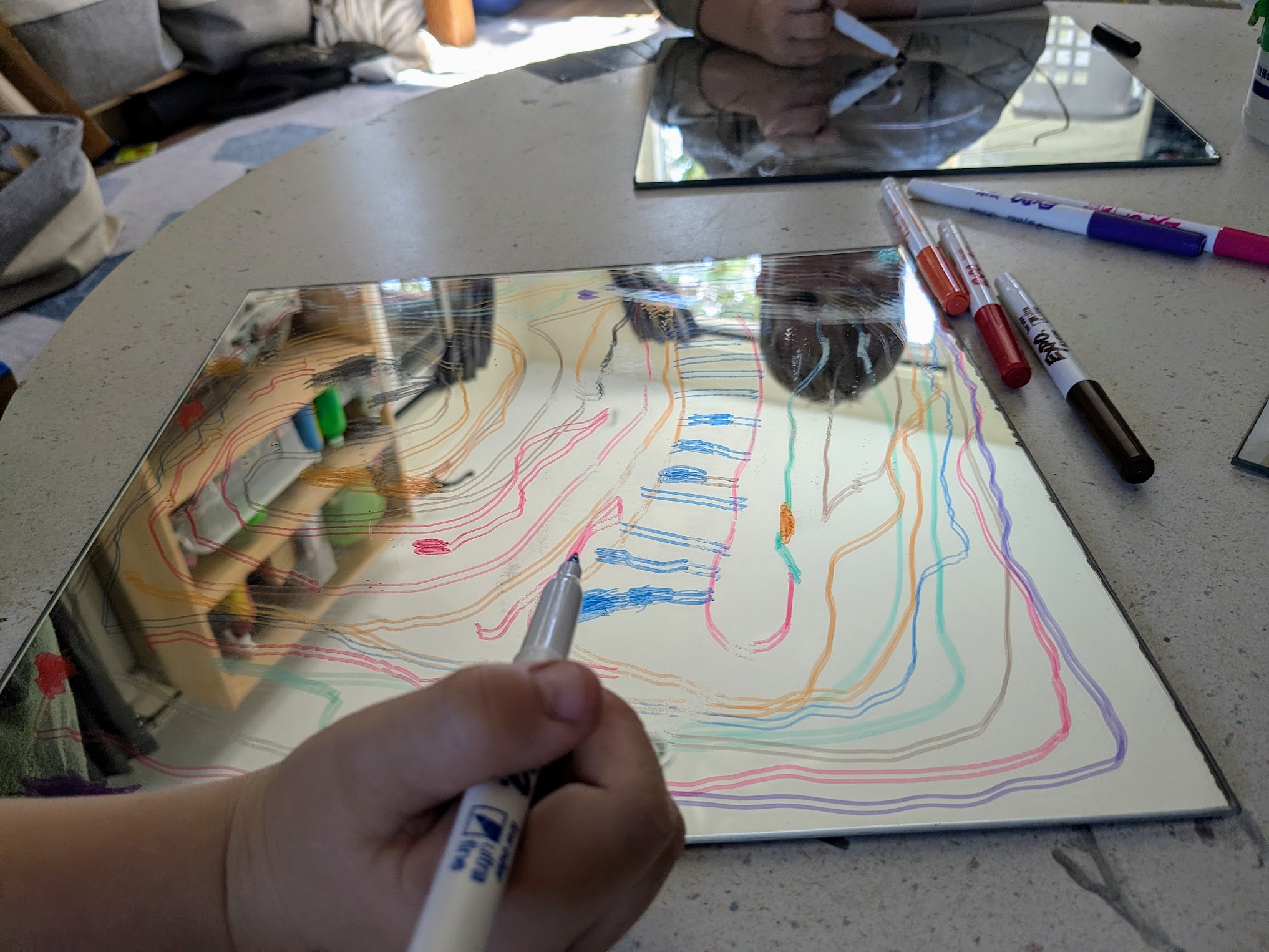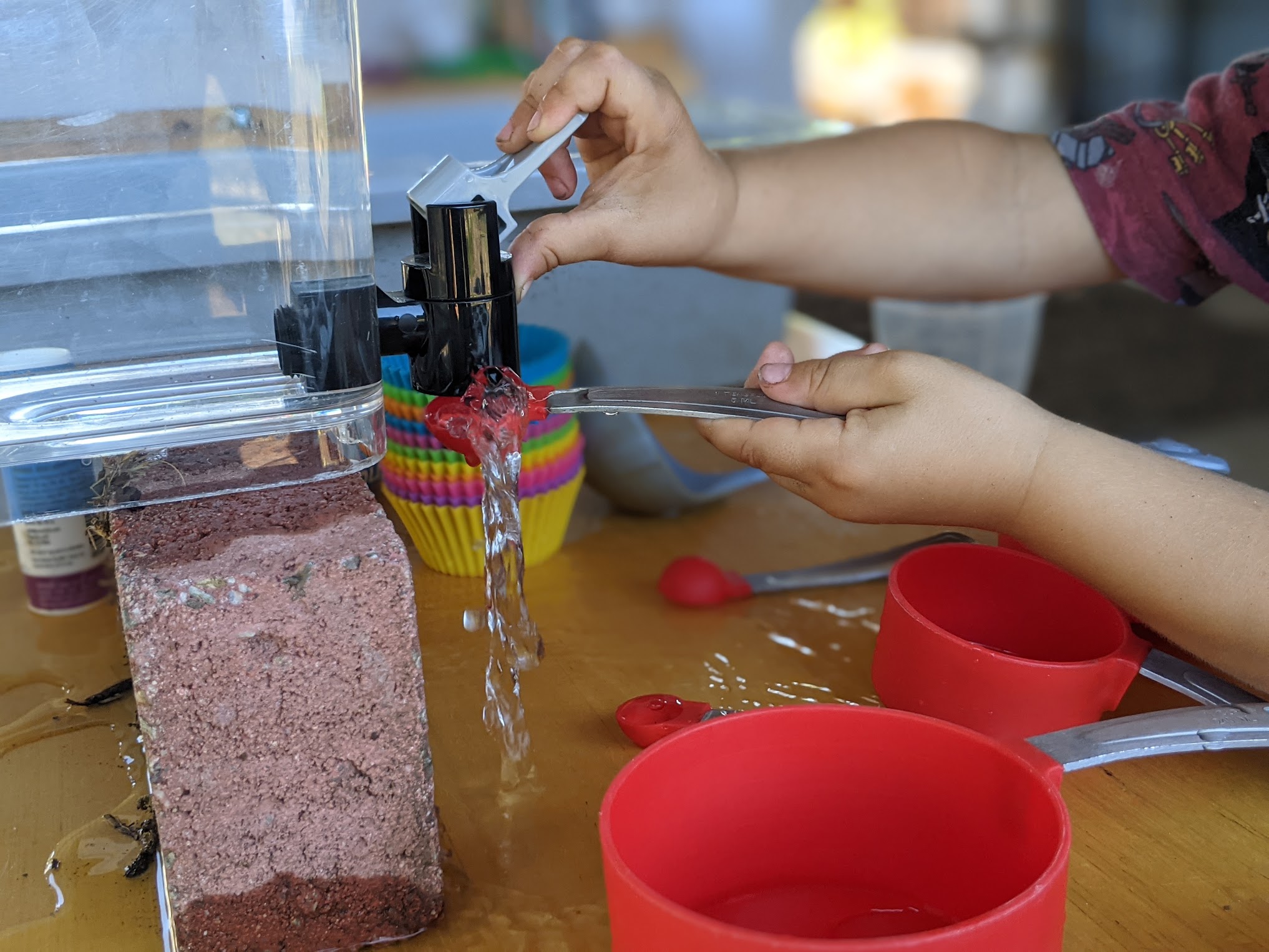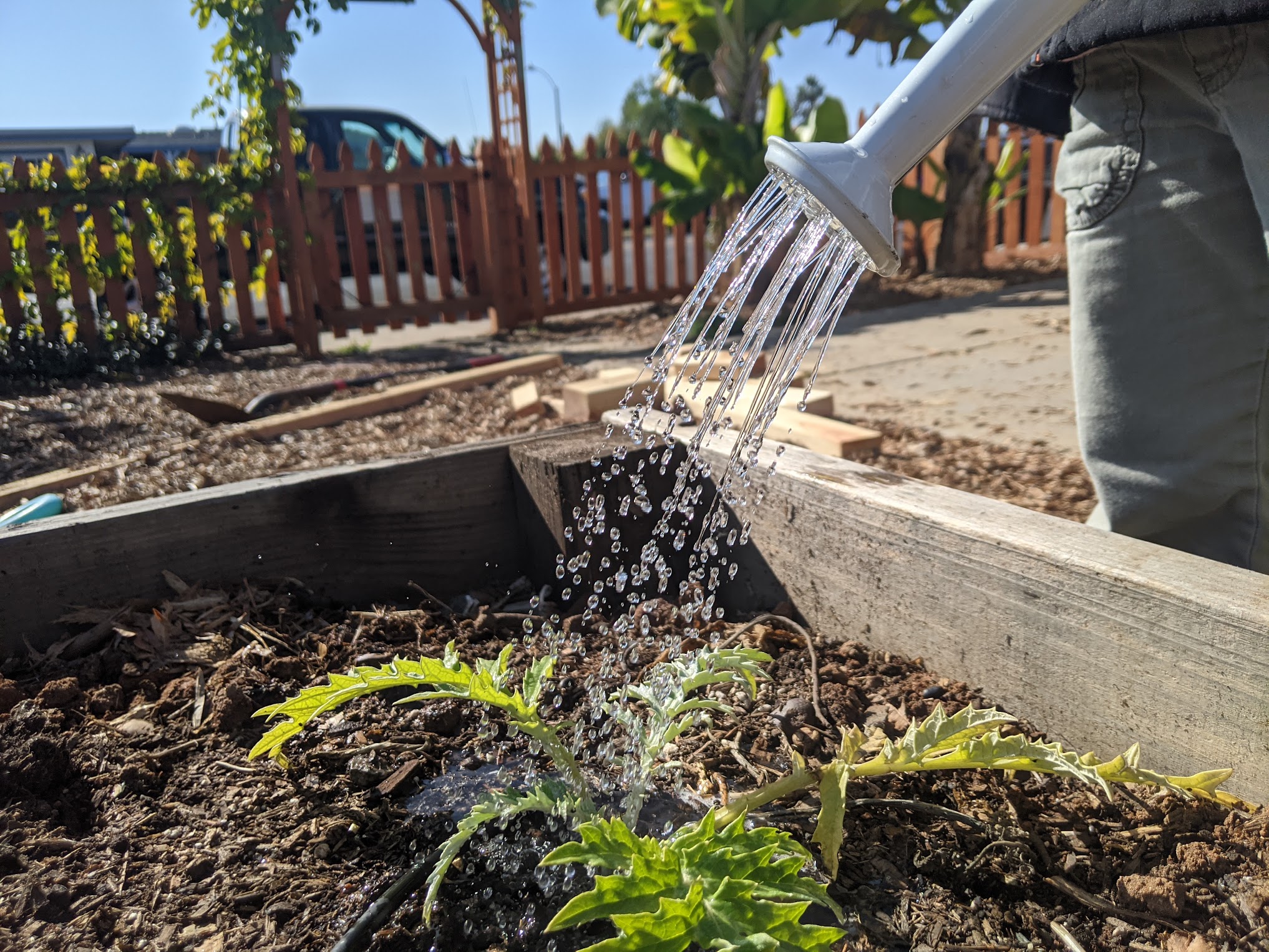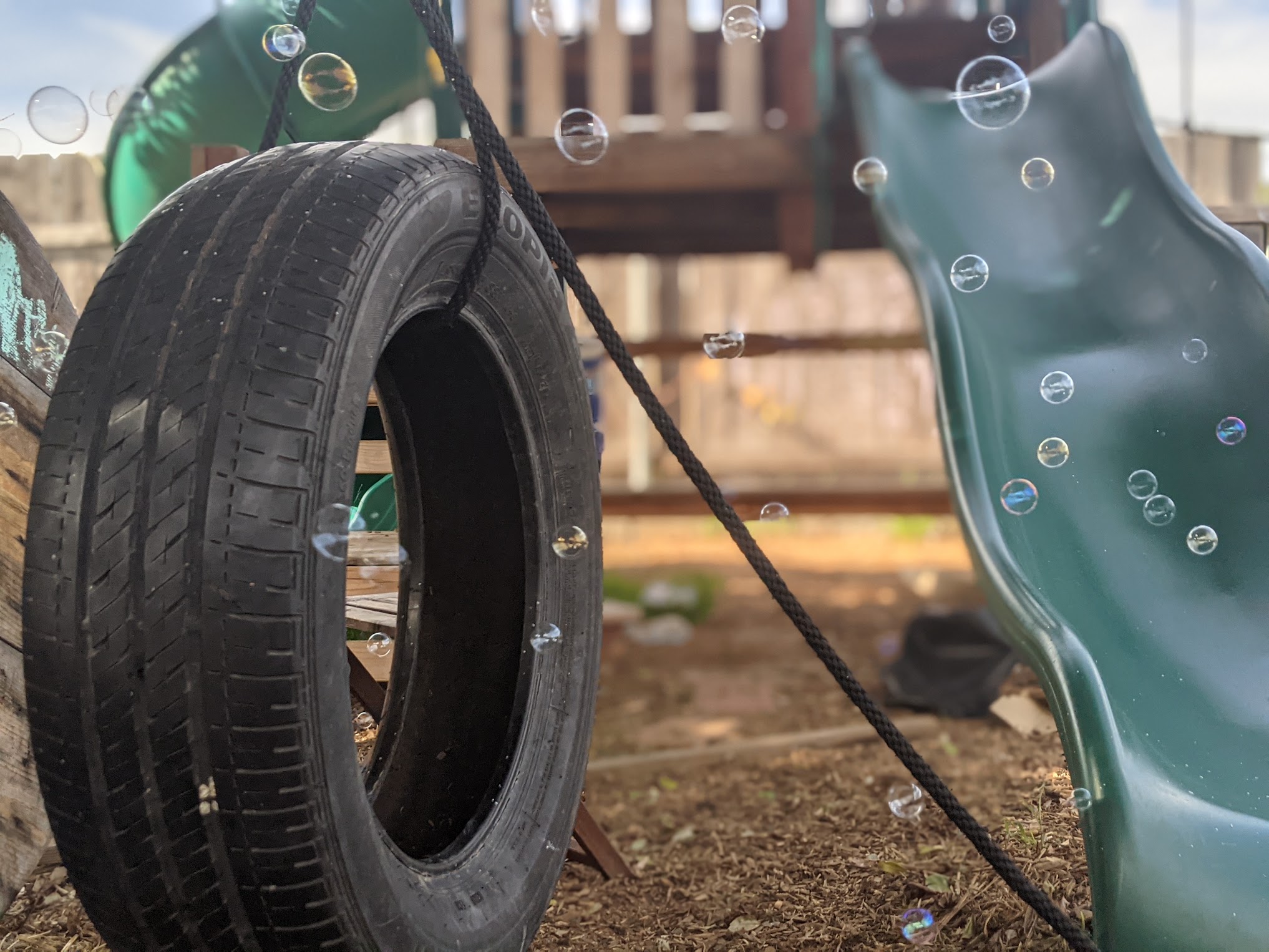Philosophy
At Outside the Lines, we see each child as a unique and complex person. We know that they are powerful, competent, and curious. They burn with the desire to understand their world and their bodies. They careen through life, alight with the joy of learning and discovery. Childhood is a beautiful, precious thing, and we are here to elevate every moment of it. To accomplish this, we have worked several research-backed approaches into our practice: autonomy support, play-based learning, and child-centered curriculum planning.Here is some background information about the people and approaches that have inspired us:
What Is a Child-Centered Constructivist Approach to Early Childhood Education?
This article explains the constructivist approach and its key aspects.
Reggio Children
Reggio Children is a site that contains a wealth of information and examples about the work that is done by the teachers and students in the municipal preschools of Reggio Emilia, Italy.
Resources for Infant Educarers (RIE)
This group has developed a wonderful approach to interacting with infants.

Autonomy Support
As children grow, they begin to crave autonomy. One morning, the 18-month-old needs to get into her carseat herself. The 2.5-year-old needs to put his own jacket on. This desire for control over their own body and routine is part of their journey toward independence.At Outside the Lines, we nourish and celebrate this journey. Our program and facility are set up to encourage children to participate in their care. We give children the chance to try putting on their own shoes and clothes, or to ask a friend for help. Children serve themselves at the meal table so that they can choose their own portions. They monitor their own bodies and decide how many layers to wear and when to take a rest (within reason, of course).
When children feel that their need for autonomy is recognized and respected, they feel powerful. They feel comfortable asking to make their own choice and can often do so calmly. "I want to do it myself." They also can more easily accept it when they are denied a choice. If a child trusts that their teacher will let them choose to not wear a jacket whenever possible, they will often agree to wear a jacket when the teacher insists. Autonomy support allows children to feel ownership of their lives. They become more present and aware, because they know that they are involved in whatever happens.
Sources:
Johnmarshall Reeve, "Autonomy-Supportive Teaching: What It Is, How to Do It"
Rebecca Distefano, "Autonomy-supportive parenting and associations with child and parent executive function"

Play-based Learning
The human brain is able to learn when it can connect new pieces of information to other webs of knowledge that it already has. In order for learning to be easy and effective, it must be done in context. For example, it would be quite difficult to memorize the names of all the parts of a car's engine. However, if you had been taking apart and messing with a car's engine all day, and your car expert friend who was helping you was constantly referring to the pieces by their names, you would quickly pick them up and easily be able to name all the parts. Likewise, if you tell a child that this is one and this is two, they are much less likely to retain that knowledge than if the child just uses numbers in their day-to-day life."Play" is what we call the intense, deep interaction with objects, the environment, and other people that children are so often engaged in. Many child care theorists call play "the work of children." A child's play might be pouring water through various containers back into a large container or digging a hole with a stick. The learning that they build from such experiences is absolutely immense. "How many pours from this container will fill up that one? Will the water always pour downward? What type of stick is best to dig into the dirt? How hard can I push before the stick breaks?" And because all of this learning occurs within the context of their play, it is easily filed away into long-term mmemory.
Another valuable benefit of play-based learning is its contribution to focus. Interest is the root of focus. It is quite hard to focus on something that you're not interested in, but it is almost automatic to focus on something that you are intersted in. By taking charge of their own learning through play, children are able to pursue topics that capture their interest. Consider the child who spends an hour building a house with blocks. The whole time, they were absolutely focused on their work. If you had asked them to sit in a chair and listen to you tell them about fractions for that hour, they would have been wiggling and distracted that whole time. Through their play, they easily focus on fractions. "I can stack two of these blocks on their side to make one of this block on its end, then my roof is flat." Building their ability to focus early will allow them to expand upon it as they grow up. Perhaps the two-year-old is able to stay focused on building with blocks for an hour. Then the three-year-old is able to spend two hours building a child-sized fort, leaving to fetch necessary materials and not gettting distracted on the way. The four-year-old is able to have an idea for a bridge, spend time drawing it out, go find a place to build it, collect the materials, and construct a bridge that can support their weight.
Sources:
Carol Shipley, "Empowering Children: Play-based Curriculum for Lifelong Learning"
Why Play-based Learning? A free and insightful article about the benefits and theory behind play-based learning.

Child-centered Curriculum Planning
Every child is a complicated, self-contradictory, ever-changing human being. A child-centered program watches and listens to the child, and bases itself off of their real needs and interests. Rather than planning out activities to do a month in advance, the child-centered teacher notices trends in the group's play. Perhaps airplanes have been a particularly popular subject around the drawing table. The teacher might bring a realistic model airplane and place it in the middle of the table, as a suggestion for their work. If the airplane sparks their inspiration, she may bring a few different types of airplanes. Then, if interest continues, she might pose the question "How could we build our own airplanes?" Child-centered curriculum planning is a process of predicting and continuing children's interests.The benefits of child-centered curriculum planning are profound. Most importantly, children learn best what they are interested in. A curriculum based off of the children's current interests will easily capture their attention and entice them to go deeper. It also shows them that their teachers are paying attention to them. When teachers take time to work with the children's ideas and interests, the children know that they are important. They see that their curiosity is the priority, even when it comes at the cost of convenience. Placing children's learning needs at the very center of the classroom conveys a strong message about who we value.
